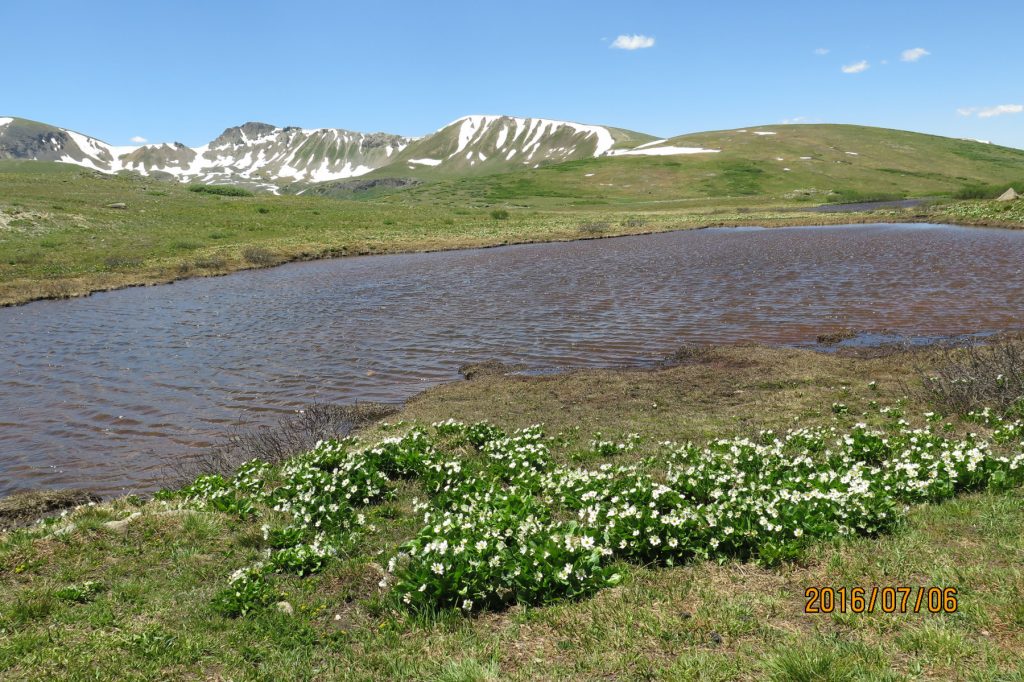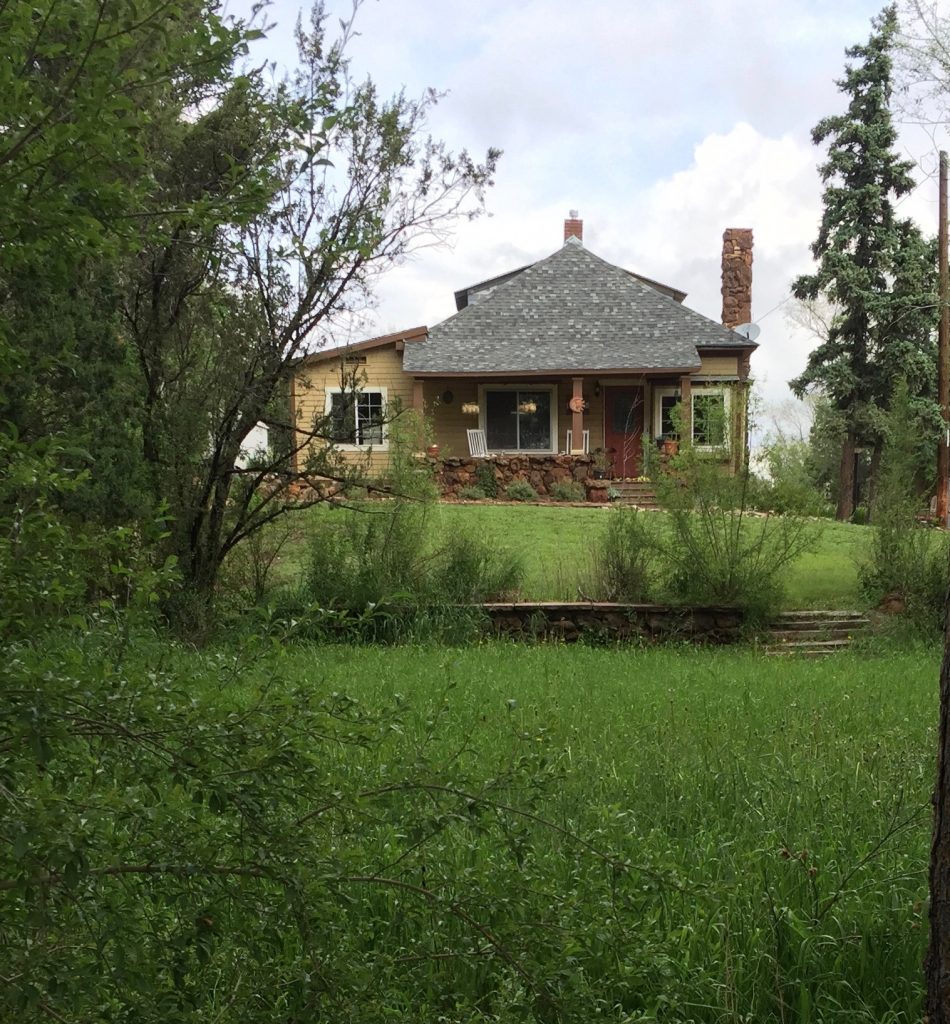The sun has broken out, the snow is melting on the garden paths and I am thinking warm thoughts to hurry it all along. Among them I recall sitting with Rosemary Verey in her grotto cum conservatory on a cool English spring day, which leads to memories of the many women I’ve worked with, learned from, loved as friends and been devoted to as family. There were the editors and publishers who pushed me forward when I least expected it, and mentors who gave me the foundation upon which my joy of gardening and landscape history rests. This is not just personal, either; there are generations of women who’ve influenced the way we garden and what we plant. I’d no sooner sunk my spade into the soil of Colorado Springs, than Kathleen Marriage blipped on my radar. In the early 1900s, she joined the ranks of women who were expanding the cultural life of this western outpost. For her part, Kathleen was instrumental to putting the botanical diversity of the Front Range on the international stage.

Born in 1882, at Nurney, a tiny rural village in Co. Kildare, Ireland, Kathleen came to England to forge a life; in 1901 she’s listed in the British census as a student boarder at a girls’ school in Eccles, Lancashire; in the April, 1911 census she appears as an “assistant English mistress” at Bentley Priory Lodge, a boarding school for young ladies near London. It was established and run by Frances Marie de Truae, and was notable for having had 20 pianos for the 70 students. The school and students were housed in a mansion designed by Sir John Soane, and surrounded by extensive “grounds” designed in the picturesque manner. A most refined and salubrious setting!
On 6 October, 1912, 30-year-old Kathleen — occupation “teacher”– sailed from Liverpool to Boston on the Devonian. Her sister, Mollie, aged 28 — “Lady Gardener” says the ship’s manifest — was with her. Their destination was Mullinsville, Kansas and the Eagle Canyon Ranch, an expansive prairie farm and home of John and Harriet Marriage and their nine, grown, children. A few months after the O’Neill girls arrival, on 1, February, 1913, Kathleen married the youngest son, George Russell Marriage, in Los Angeles, California. They settled in Colorado Springs, Mollie joined them (they named their daughter for her) and the Marriage’s established Upton Gardens and Nursery, which operated from 1916 until 1948. From this nursery the plants propagated from ones she collected on Pikes Peak and environs, Kathleen supplied the gardens and parks of Colorado Springs, ultimately introducing a range of sub-alpine native plants to rock gardeners here and abroad. In time, Kathleen contributed some correspondence and articles to the journal of the UK’s Alpine Garden Society, along with pieces to regional gardening journals, often illustrated with her own photographs. She designed gardens, and was active on civic enterprises: at fundraisers for Grace Episcopal Church, Kathleen organized a stand serving traditional “Irish Tea”.

Digging into the story of this Irish transplant steered me to an unfamiliar plant palette for my new garden. So I joined the North American Rock Garden Society to learn the ropes, and at the annual conference in 2015, met Sally Walker. As we took a post-hike breather on a mountaintop outside Steamboat Springs, we got to talking, finding common ground through having started our gardening lives in England. A graduate of the renowned Waterperry Horticultural School for Ladies, Sally refined her skills at some notable nurseries, including Ingwersen’s Nursery, the nexus of British alpine gardening from where Geranium x macrorrhizum ‘Ingwersen’s Variety’ entered gardens all around the world.
Sally came to the United States in 1963 (six years before I left for England), married and settled in southern Arizona, establishing Sally’s Seedery in Tucson; it was renamed Southwestern Native Seeds from where she distributed seed collected from areas throughout the Southwest and into Mexico. Writing “Some Rock Garden Subjects from Arizona” for the Summer 2015 Rock Garden Quarterly, Sally explained that her early attempts to garden in Arizona ended in failure, and now, after 40 years despite all she has learned, “I don’t garden at all.” But, she reasons, success can be found using native mountain plants, and that some of those she’s introduced, collected in Arizona above 4000 feet, should be hardy enough to do well in cooler climates – with some watering. Sally’s seed business was shuttered several years ago, and Kathleen Marriage’s garden and nursery are a long gone, but the plants each shared with the horticultural world live on. And by the example of these resourceful women, we know that we can, with determination, adapt and grow. And isn’t that just what this gardening life is all about?
© Text and photos, Ethne Clarke, 2019
Learn more about Waterperry here https://www.waterperrygardens.co.uk/about/
And the North American Rock Garden Society website here https://www.nargs.org/
To read more about Sally Walker and other plant collectors, I recommend The Plant Hunter’s Garden: The New Explorers and their Discoveries, by B.J. Ward and B. Mathew, 2004.


